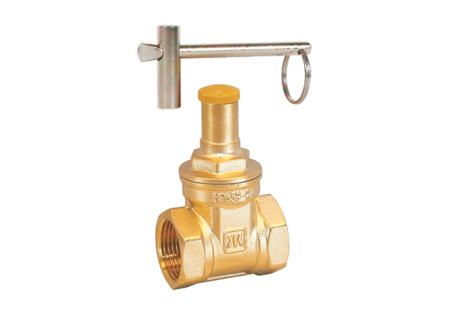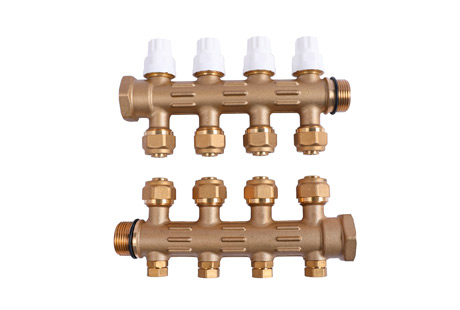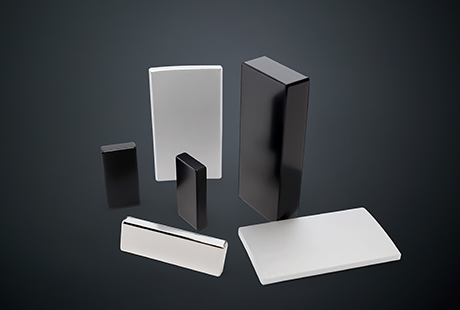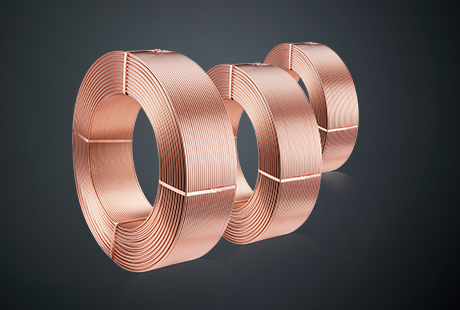If you're in the electrical industry, you've probably heard of tin plated copper bars. These bars are becoming increasingly popular in various applications due to their benefits. In this article, we'll be discussing what tin plated copper bars are, how they work, and their advantages over other materials.
What are Tin Plated Copper Bars?
Tin plated copper bars are essentially copper bars that have a layer of tin plated onto them. This plating process involves the use of an electrolytic bath that deposits a thin layer of tin onto the copper surface. This results in a bar that has the properties of both copper and tin.
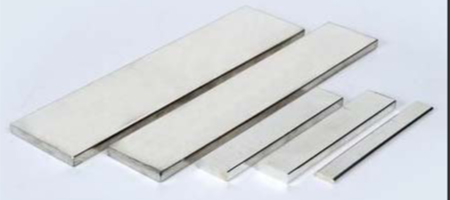
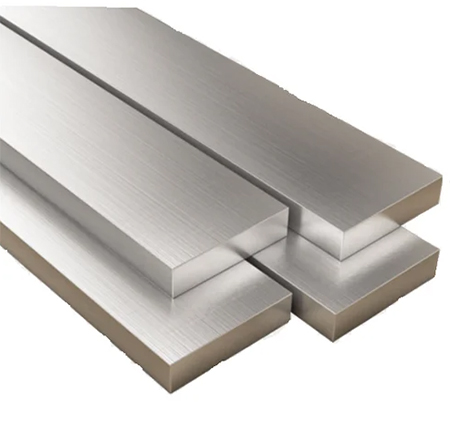
How do Tin Plated Copper Bars Work?
Tin plated copper bars work by taking advantage of the properties of both copper and tin. Copper has excellent electrical conductivity, while tin is known for its corrosion resistance. By combining the two, you get a material that has both of these properties.
The tin layer on the copper bar, like electrical copper bus bar, protects the copper from corrosion, which can degrade its electrical conductivity over time. Additionally, the tin layer also helps to improve the solderability of the copper bar, making it easier to attach other components to it.
Advantages of Tin Plated Copper Bars
Now that we know what tin plated copper bars are and how they work, let's dive into their advantages for electrical applications.
Corrosion Resistance
One of the main advantages of tinned copper busbar is their corrosion resistance. Copper is a highly reactive metal, and when it comes into contact with air or water, it can begin to corrode. This corrosion can degrade the electrical conductivity of the copper, which can cause issues in electrical applications.
The tin layer on the copper bar acts as a barrier, preventing the copper from coming into contact with air or water. This protects the copper from corrosion, ensuring that it maintains its electrical conductivity over time.
Improved Solderability
Another advantage of tin plated copper bars is their improved solderability. Soldering is the process of joining two metal components together using a metal alloy. Copper is notoriously difficult to solder because it oxidizes quickly, which can interfere with the solder joint.
The tin layer on the copper bar helps to prevent oxidation, making it easier to solder the bar to other components. This can save time and money in manufacturing processes, as it reduces the need for additional steps to prepare the copper surface for soldering.
Longevity
Tin plated copper bars have a longer lifespan than other materials. This is because the tin layer on the copper bar protects it from corrosion and other forms of degradation. Additionally, the improved solderability of tin plated copper bars means that components are less likely to come loose or fail over time.
Cost-Effective
Tin plated copper bars are cost-effective in the long run. While they may be slightly more expensive than other materials initially, their longevity and improved performance can save money in the long run. This is because they are less likely to require maintenance or replacement over time.
Versatility
Finally, tin plated copper bars are highly versatile. They can be used in a wide range of applications, including electrical wiring, grounding systems, and busbars. This versatility makes them an excellent choice for a wide range of electrical applications.
In conclusion, tin plated copper bars are an excellent choice for electrical applications. They offer a range of benefits, including corrosion resistance, improved solderability, longevity, cost-effectiveness, and versatility. If you're looking for a material that can improve the performance of your electrical applications, tin plated copper bars are definitely worth considering.

 English
English 日本語
日本語 한국어
한국어 français
français Deutsch
Deutsch Español
Español italiano
italiano العربية
العربية tiếng việt
tiếng việt Türkçe
Türkçe ไทย
ไทย 中文
中文


